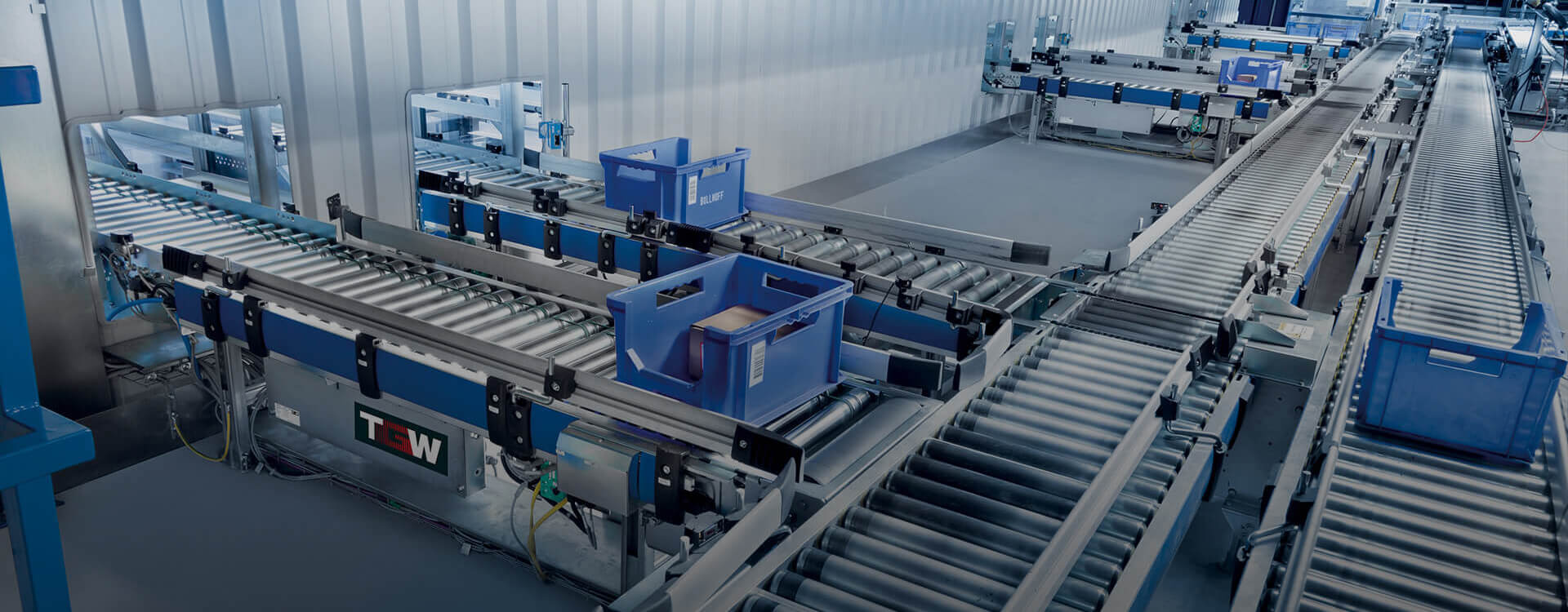09 Apr Safety First: Best Practices for Material Handling in the Workplace
Safety First: Best Practices for Material Handling in the Workplace
Material handling is a vital aspect of many workplaces, including tasks such as lifting, moving, storing, and controlling materials or products. While these activities are essential for operations, they also come with inherent risks. Accidents related to material handling can lead to injuries, loss of productivity, and even fatalities. Therefore, prioritizing safety in material handling practices is essential to ensure the well-being of employees and the efficiency of operations. In this blog post, we will delve into four crucial best practices for enhancing safety in material handling within the workplace. By implementing these practices, businesses can mitigate risks, promote a culture of safety, and create a conducive environment for optimal performance.
1. Perform routine safety inspections and report any safety hazards
Weekly safety inspections allow businesses to proactively identify potential safety risks, whether they stem from equipment malfunctions, environmental factors, or human error. By encouraging employees to report hazards promptly, organizations can address issues before they escalate into accidents or injuries, fostering a safer workplace environment for all.
2. Have an organized layout with clear walkways
An organized layout with clear walkways is essential for avoiding accidents and injuries in the workplace. A cluttered or poorly organized workspace can obstruct the movement of materials and pose tripping hazards for employees. It can also block fire exits, creating an additional hazard. By establishing clearly marked walkways and designated storage areas, businesses can optimize workflow efficiency while minimizing the risk of collisions and falls. An organized layout also facilitates emergency evacuation procedures, ensuring swift and safe evacuation in case of emergencies.
3. Train employees on safety procedures
Training employees on safety procedures is imperative to equip them with the knowledge and skills necessary to navigate material handling tasks safely. Comprehensive safety training should cover proper lifting techniques, the use of equipment and machinery, hazard identification, and emergency response protocols. By investing in employee training, businesses can empower their workforce to make informed decisions, reduce the likelihood of accidents, and contribute to a culture of safety within the organization.
4. Supply employees with the proper safety equipment and gear
Supplying employees with the proper safety equipment and gear is crucial for safeguarding against potential hazards in material handling activities. Personal protective equipment (PPE), such as gloves, safety glasses, hard hats, and steel-toed boots, can reduce the risk of injuries from falling objects, cuts, and impact accidents. Additionally, specialized equipment, such as harnesses or lifting aids, can enhance employee safety when handling heavy or bulky materials. By providing adequate safety gear, businesses demonstrate their commitment to employee well-being and minimize the risk of workplace injuries.
Overall, prioritizing material handling safety is crucial for ensuring the well-being of employees and the efficiency of operations in any workplace. By implementing these best practices, businesses can significantly reduce the risk of accidents and injuries. As a leading provider in the field, Atlantic Handling Systems offers tailored solutions to help workplaces enhance their safety practices. With expertise in material handling equipment, ergonomic solutions, and safety training, Atlantic Handling Systems can work with your business to assess your needs, implement effective safety measures, and foster a culture of safety throughout the organization.





Sorry, the comment form is closed at this time.